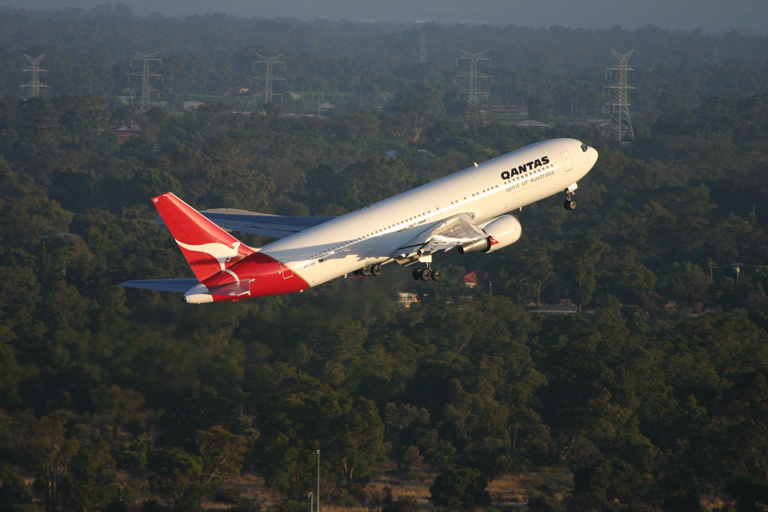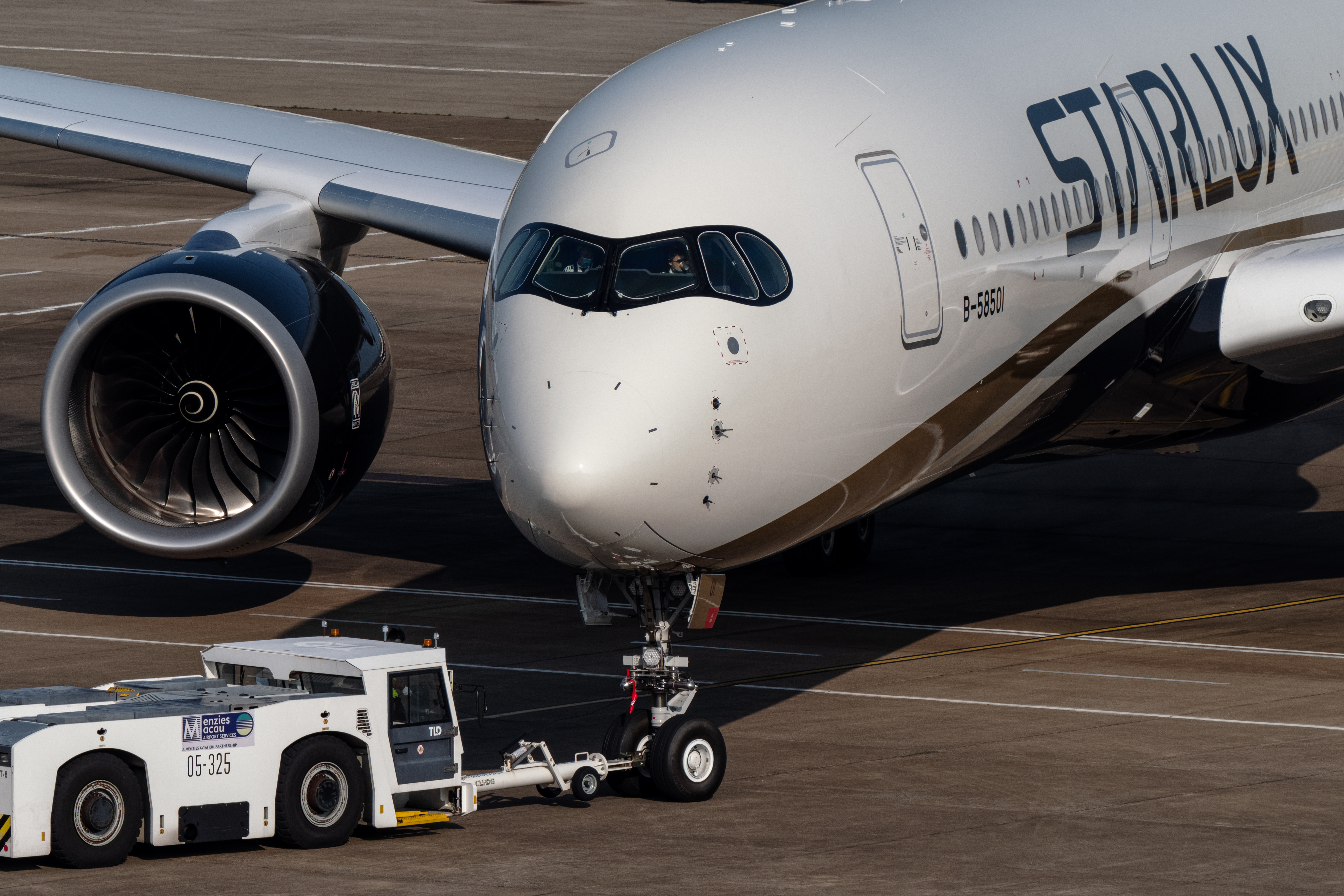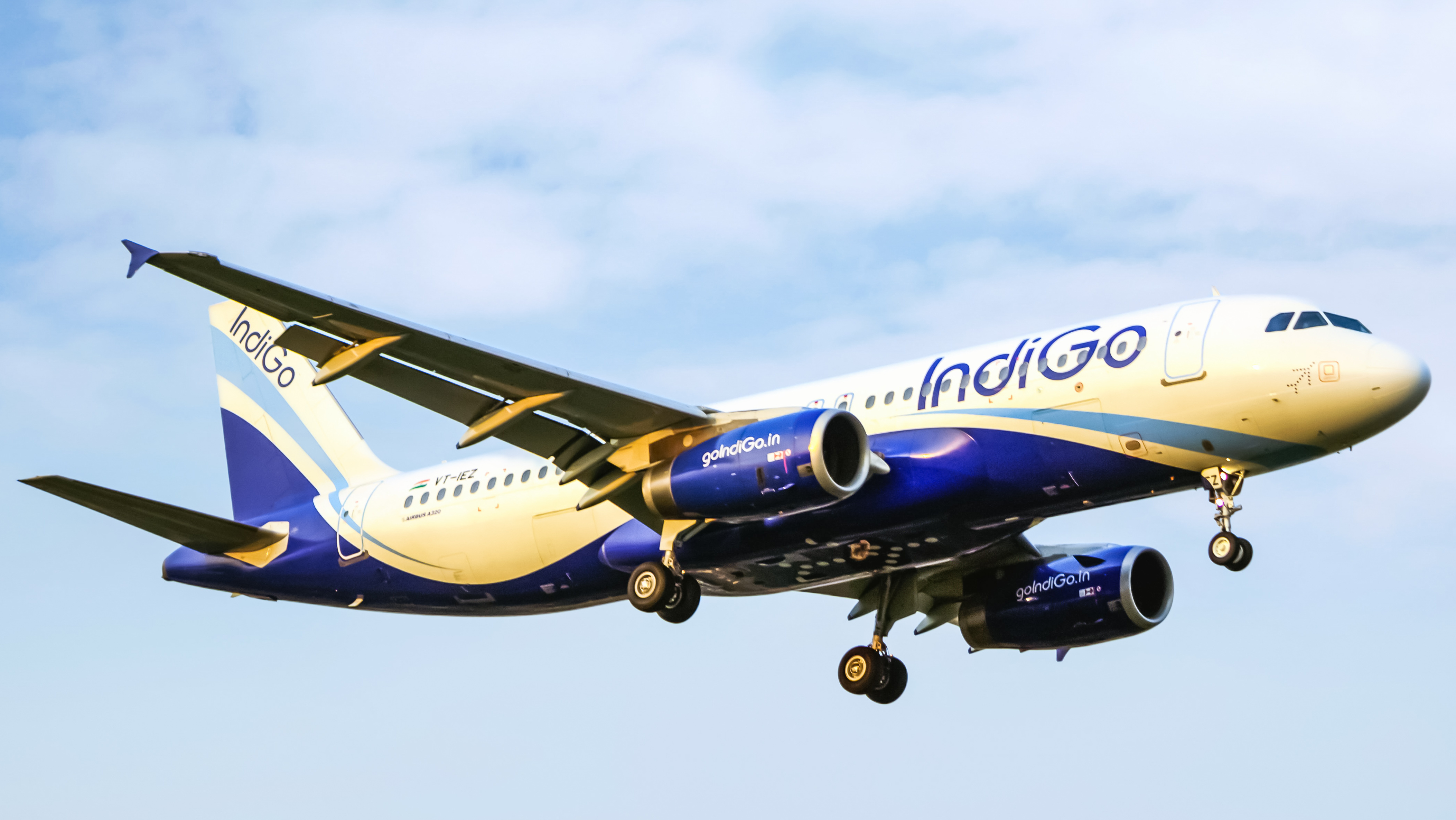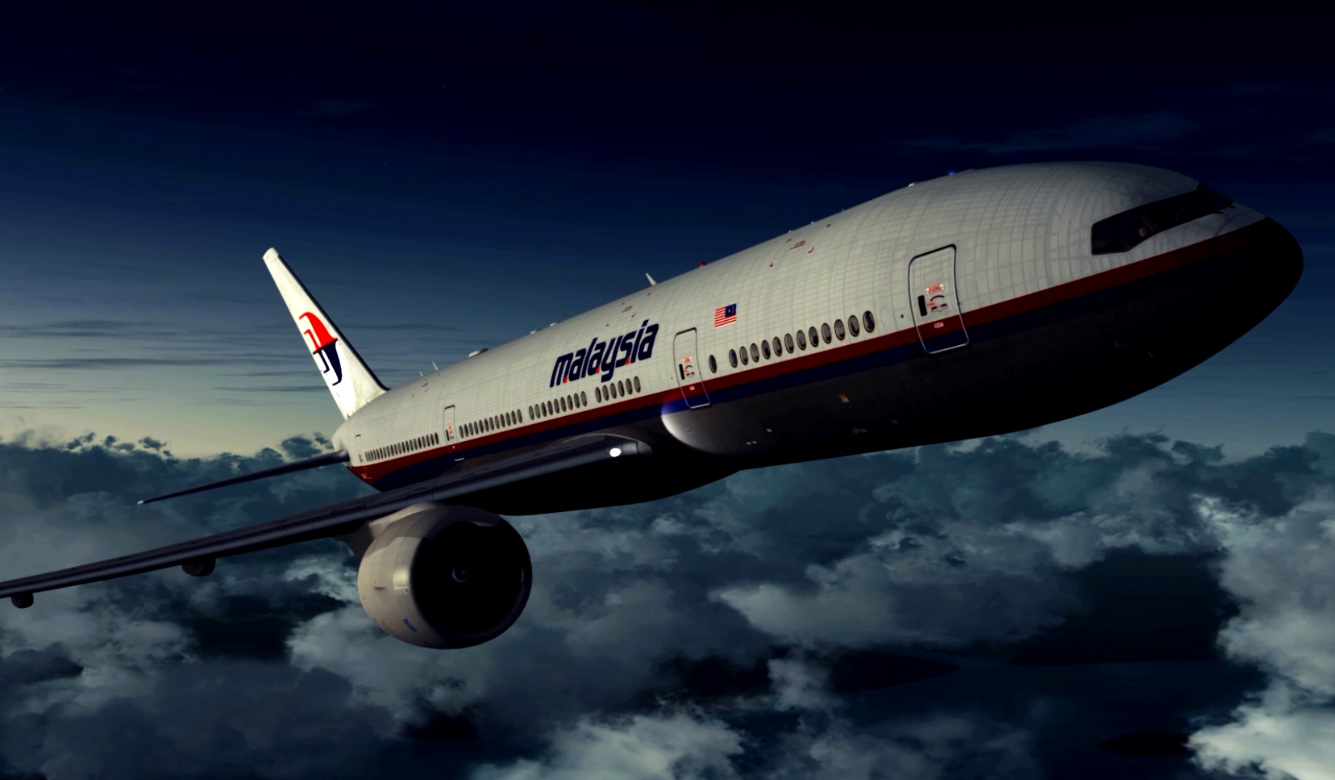
By Geoffrey Thomas
Published Thu Dec 12 2013
It may well come to pass that the travails of Qantas will be a watershed for Australian work practices. The oft quoted saying that Australians are not prepared to pay for the salaries and conditions they enjoy is becoming truer every day.
Aviation is the most global of all industries and, like it or not, every time a foreign airline touches down at an Australia airport it imports the labour costs and work practices of that country from low cost Indonesia to high cost Europe.
Qantas' immediate problem is the emergence of rival Virgin Australia, with lower staff costs and greater productivity, into the premium domestic market, a market it has enjoyed a monolpy on for the past 10 years. Virgin has strong foreign airline backers with deep pockets, whereas Qantas is struggling to attract investor interest.
The new threat has been the catalyst for lobbying the Australian government for help after Virgin Australia raised $350 million, mainly through its foreign partner airlines.
In Australia Qantas, under the Qantas Sale Act of 1995, is restricted to 49 per cent foreign ownership whereas Virgin Australia has split itself into two entities, domestic and international. Under Australian law the domestic operation can be 100 per cent foreign owned, while the international arm must remain 51 per cent Australian controlled.
For years Qantas has traded on – and charged a premium for – its superb safety record. In the movie Rain Man, Dustin Hoffman, playing Raymond Babbitt, uttered the now famous words that “Qantas never crashes”.
The movie came out in 1988, at a time when Qantas was at the top of its game with well over 40 per cent of the traffic into and out of Australia.
Government policy was to protect the national carrier from foreign competition; an airline which taxpayers owned and which was selling tickets at a premium to adoring travellers at a time when well-known airlines like Pan Am, Alitalia, Korean Air, and Continental Airlines were having many accidents. In 1989 there were 231 accidents and incidents, which made Qantas’ unblemished record shine.
The landscape is starkly different today. For 2013 the number of fatal crashes involving IATA members is close to zero.
Today only about 25 per cent of travellers list safety as a major consideration when choosing a flight, with most citing price and frequency as the two most important aspects. These are factors in which Qantas is behind, particularly on the international front. As a result only 16 per cent of international travellers into and out of Australia are choosing Qantas.
Product, price and planes
Australian travellers have been deserting the airline for years. Initially it was because of cabin offerings. Malaysia Singapore Airlines and Cathay Pacific started the rot snubbing IATA by offering free drinks way back in the late 1960s. Qantas and other airlines reluctantly followed.
Fast forward to the early 1990s and Singapore Airlines led the way with seatback videos for economy passengers. Emirates and Virgin Atlantic were also early adopters of entertainment for all. Inextricably, Qantas was stoic in its resistance.
This website and the author then pleaded the case for premium economy to the late James Strong, who said the airline could not “make the business case”, despite the fact that Australians are the second tallest people in the world behind the Dutch and fly the longest distances after the Kiwis.
Premium economy is a no-brainer, as the airline has now discovered, just as business class was when Qantas introduced it in 1979.
While price has always been important in the last two decades it has become critical as travel becomes more affordable to budget conscious travellers.
Internationally we have seen UTA, Alitalia, Lufthansa and KLM, to name a few, withdraw from Australia because they could not compete with the new breed of Asian airlines such as Singapore Airlines, Cathay Pacific and Malaysia Airlines. Qantas itself quit a host of Asian cities for the same reason using first lower cost Australian Airlines and now budget Jetstar to serve these markets.
In the last ten years the Middle-East giants Emirates, Qatar and Etihad have stolen traffic with lower fares, superb in-flight product and extraordinary networks.
Now, a newer breed of airlines with even lower costs such as AirAsiaX and China Southern have entered the fray with rock bottom prices, and in the case of the latter, an excellent product.
This unshakable trend combined with continued globalization begs the question: Can Qantas survive in the international space without endless government support?
Recently the airline’s virtual monopoly on domestic business class has come to a shuddering halt with the morphing of Virgin Blue into Virgin Australia with a premium product.
For Qantas it is a double nightmare. The Virgin A330 business class product is superior and the new upstart has reduced the fares. The latest government index shows that the business class fare which has remained stable for the past ten years has dropped 40 per cent in the past two years.
Once Qantas boasted it was the first around the world with theSuper Connie and the first with the 707 outside the USA, while it (Trans Australian Airlines) was amongst the initial airlines to order the 727 and DC-9 and of course, the 747.
Today it is not even a participant in the latest technology such as the 777X and it is cancelling orders because it cannot afford the 787. Not buying the 777 has robbed the airline of the most versatile, fuel efficient and reliable aircraft ever built.
Within Qantas, it is now recognized that buying the A380 was a mistake because the super jumbo is simply too big for the airline when travellers are demanding point-to-point services and high frequency.
It is difficult to see how Qantas can undo the damage done by these bad choices – at least in the short term.
Productivity
There are many that say that Qantas is not an airline but a committee. Harsh possibly but at so many touch-points, one can see many layers of management structure. This is of course is inevitable when you have been in business for 93 years.
That inefficiency runs right through the airline in varying degrees from the high profile pilots to baggage handlers.
In the US decades of inefficiency have been wiped out by airlines entering Chapter 11 with every major US carrier seeking to reorganise its labour invoking that blunt instrument. The result has been, for example, a 40 per cent decline in pay for pilots since 2001.
It would be wrong however to single out any one group for comparison or sacrifice, suffice to point out that the average wage cost at Qantas is $92,000 while at Emirates it is $47,000 and for Singapore Airlines $42,000. And one would guess that the productivity at those two foreign airlines is significantly higher.
While it is dangerous to compare short haul airlines with long haul airlines as the metrics are vastly different, the gap between the average salary is vast.
But the debate on the efficiency of Qantas must also be a debate about all of Australia’s work practices and salary perks such as weekend and penalty pay rates, 17.5 per cent leave loading and such anachronistic institutions as long service leave. Many reading this would not even understand the origins of long service leave which began in South Australia and Victoria in the 1860s as a scheme that allowed civil servants three months or more leave to go home to Britain after 10 years’ service in the colonies. The lengthy time off was dictated by the long ship journey to and from Australia. Long service leave became widespread in the 1950s and no other country incorporates such a right into their labour market regulations.
Holiday leave loading’s origins are just as bizarre relating to the fact that employees cannot earn overtime while they are on leave.
But changing work practices and increasing efficiency will only come if Qantas can change its culture and that is a far bigger task. Charles Darwin wrote that “it is not the strongest of the species that survive, nor the most intelligent, but the one most responsive to change.” This idea was alluded to by former British Airways and Ansett CEO Rod Eddington when he warned in a 2004 interview with the author that achieving that responsiveness is extremely difficult.
“Changing airline culture is like trying to perform an engine change inflight,” Eddington said at the time. When Eddington arrived at British Airways in 2000 he found that the staff did not perceive the need to change because the airline had a low cost airline called Go. He found that staff believed that Go mitigated or even eliminated the need for further adjustments at the mainline.
“My staff told me that Go was the solution,” he said. “I said I could possibly accept that if Go was making £300 million a year, which is what our European division was losing.” He notes that it was difficult to change this mindset until Go was sold off to easyJet. “Once we sold Go, the staff at BA really focused on making the changes necessary to make BA itself competitive.” Similarly with Qantas it can possibly be argued that the success of Jetstar is having a negative impact on the need for change at the mainline operation.
Surveys have shown that another reason for the resistance to change is that although employees agree change is needed, they do not believe they themselves need to change. For example, at an American Airlines management conference in the late 1990s, all participants were polled on a series of questions. More than 90 per cent responded positively to the proposition that management, colleagues and subordinates needed to change, but 90 per cent responded in the negative to the item “I need to change.”
Another perspective is added by Nawal Taneja, chairman of the Department of Aerospace Engineering and Aviation at Ohio State University in his book Simpli-Flying.
“The problem for culture change is that you have to see death right between the eyes before the impetus to change becomes strong enough,” said Teneja. And while the notion that the government will help Qantas stays alive then change may be near impossible.
One of the major problems in changing staff culture is how do you strip out complexity, notes Taneja. He says that airlines have added enormous complexity to their operations and processes over time and staff are ingrained with these systems. “Enormous fleet and network complexity and labor contracts have been built around these complex systems and processes.”
“Unfortunately for legacy airlines, many passengers now are not willing to pay for this complexity given the increasing availability of low-fare service by the LCCs.”
And Taneja warns that many of the structural changes we have seen are permanent and global.
Taneja adds that there has been a massive transformation of the industry and the change is equivalent to what the former co-founder of Intel called “a strategic inflection point” which is an event that changes the way we think and act. The change is also global exemplified by the growth of LCCs in the Asia-Pacific region, something considered impossible only ten years ago.
Another perspective on the challenge of change is the enormous emphasis on safety in airline culture built around strict management systems and attention to detail, which is the opposite of flexibility and flair. Airlines such as Qantas have built up a rigid model over decades for very sound reasons but the question must be asked whether they are as relevant today.
Qantas like so many legacy carriers has evolved out of a military base and much of the management style, marketplace orientation and paraphernalia of culture still reflect an authoritarian, hierarchical and command-and-control worldview.
Successive management teams have sidestepped taking on the more militant unions to address gross inefficiencies and ludicrous perks which dog the airline. Over the past 10 years, the launch of low cost Jetstar and a monopoly in the domestic business class market courtesy of the demise of Ansett, have masked the need for massive restructure. But that has all changed!
There are no levers left to pull in the cockpit as passengers will no longer pay top fares. They now have alternatives in price and product – in fact better alternatives in many cases.
Market share
At the root of the fare war between Virgin Australia and Qantas is the capacity war instigated by the latter in defense of its refusal to move from a 65 per cent line-in-the-sand strategy for the domestic market.
It should be noted that Qantas only won that market share after Ansett collapsed. Prior to this, it had survived with excellent profits on a 50 per cent market share which makes the whole strategy hollow at best.
The 65 per cent market share concept was born out of aviation’s S-curve theory which argues that airlines that have a frequency-share advantage garner a disproportionate market and revenue share. But that thought process had its roots in a 1972 study when low cost carriers did not exist.
A recent McKinsey & Co study for IATA says the relevance of the S-curve is waning. The report by Urs Binggeli and Lucio Pompeo found that the “S-curve principle must be applied in a more tailored and specific way than in the past, especially in markets where there is LCC competition.”
It noted that in the trade-off between efficiency (e.g. higher aircraft utilization and larger aircraft) and schedule quality, the balance is moving towards more efficiency, as the S-curve premium will be further eroded through the continued growth of LCCs.
And in a warning at the heart of the battle in Australia it added that “frequency matching and escalation, which has often led to overcapacity and price wars, is becoming obsolete in many markets, potentially paving the way for a better balance of supply and demand.”
The report said that the S-curve principle has been “hard-wired” in the heads of many network planners for decades. “Nevertheless, times are changing and airlines need to take stock of what does and doesn’t work.”
However Business Spectator’s Stephen Bartholomeusz makes the point that while “at face value it would seem less painful to cede market share to Virgin ….. the risk in that option would be that it would transform the S-curve into an S-bend.”
Bartholomeusz argues that “because its [Qantas’] cost base is significantly higher than Virgin’s, Qantas needs to capture a disproportionate share of higher-yielding fares. To do that – to dominate business travel – it has to have a frequency advantage, which means it has to more than match Virgin’s capacity increases. Its dominance of the high-yield end of the market feeds into its frequent flyer program in a self-reinforcing fashion and that combination also provides volume and yield for its international business.”
And of course with lower costs, would Virgin’s CEO John Borghetti be happy to share 50 per cent of the market with Qantas – an airline that passed him over for the top job in 2008? Probably not!
No matter what the government does with the Qantas Sale Act, or even if it steps in with a bank guarantee or a buy-in, Qantas is doomed if it does not aggressively address its cost base.
Mr Bartholomeusz is spot on in his commentary when he says: “In other words, the entire Qantas business model is built on that domestic market dominance and that dominance has, until now, enabled its domestic business to remain consistently and highly profitable despite its otherwise uncompetitive cost base.”
The final words are for former Virgin CEO Brett Godfrey who said in 2004: “This year we will carry as many passengers as Ansett, with one third the staff.”
And that staff was being paid approximately half the average of Ansett employees. Perhaps today Qantas is Ansett Mark 2 but the difference is there is still time for Qantas to reinvent itself.






